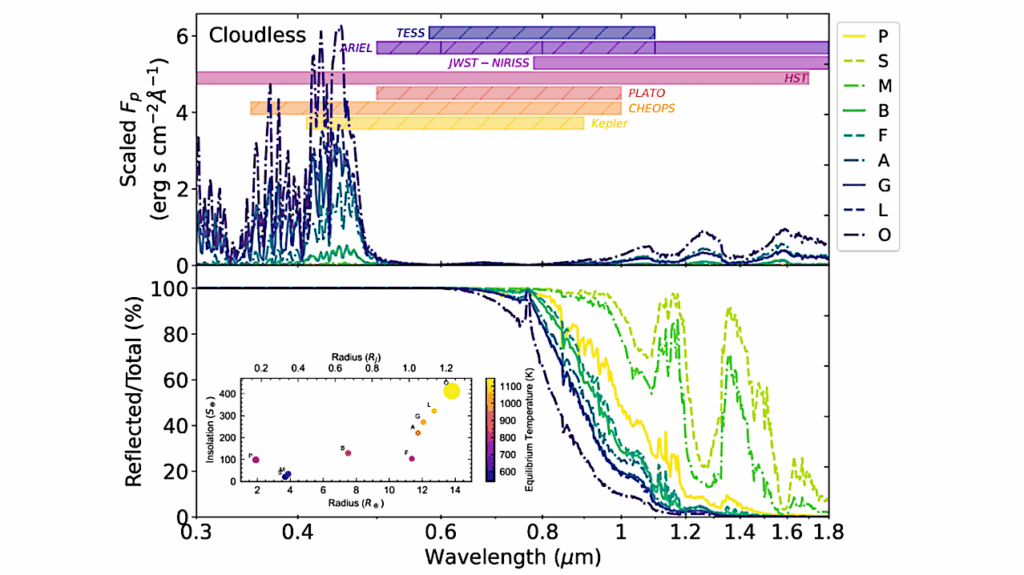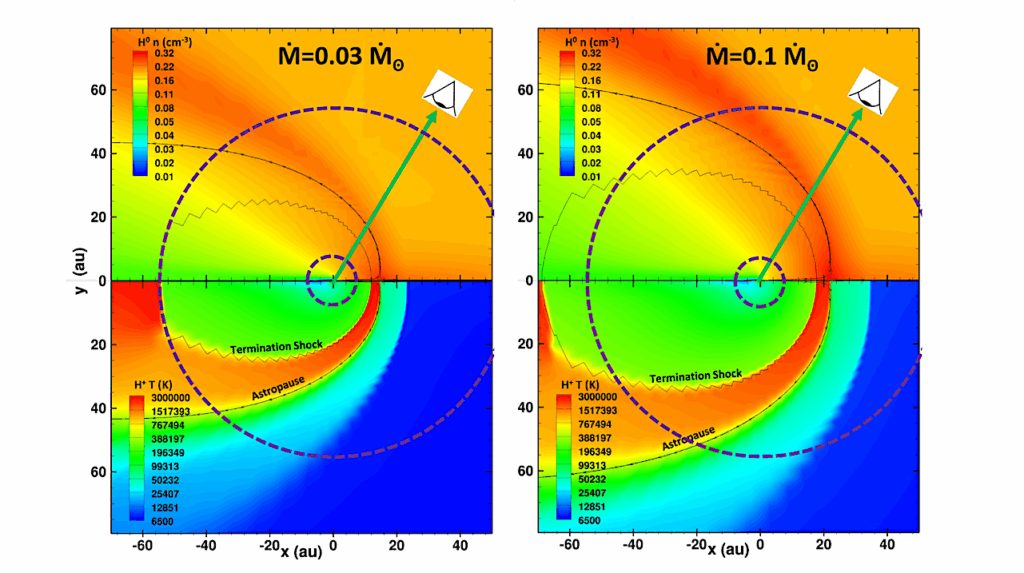Search For Planets Around Stars With Wide Brown Dwarfs

Aims. The project aims to understand better the role of wide brown dwarf companions on planetary systems.
Methods. We obtained high-resolution spectra of six bright stars with co-moving wide substellar companions with the SONG, CARMENES, and STELLA high-resolution spectrographs. We used these spectra to derive radial velocities together with a complete set of stellar physical parameters. We then investigated radial velocities signals and discussed the fraction of planets in such systems. We also re-analyzed the ages of our targets, which were used to derive the physical parameters of wide brown dwarf companions. Finally, a compilation of systems with known planets from the literature is considered along with our sample to search for possible peculiarities in their parameter distributions.
Results. Based on the derived ages of six observed systems, we re-computed the masses of the wide companions, confirming their substellar nature. We confirmed planets in the HD 3651 and HIP 70849 systems and found a new planetary candidate in the HD 46588 system. In our survey, which is sensitive mostly to Neptune-mass planets at short periods of a few days and Saturn-mass planets at longer periods of hundreds of days, we derived a frequency of planets orbiting stars with wide brown dwarf companions below 70% with the uncertainties included. Comparing the parameter distributions of our sample with single stars, we observe the enhancement of planets with short periods below six days in systems with a wide stellar companion. Finally, planets in systems with wide BD companions follow their own eccentricity distribution with a maximum at ∼0.65 and have periods larger than 40 days, masses larger than 0.1MJ, and eccentricities larger than 0.4.
J. Šubjak, N. Lodieu, P. Kabáth, H. M. J. Boffin, G. Nowak, F. Grundahl, V. J. S. Béjar, M. R. Zapatero Osorio, V. Antoci
Comments: 28 pages, 31 figures, accepted for publication in Astronomy & Astrophysics
Subjects: Earth and Planetary Astrophysics (astro-ph.EP); Solar and Stellar Astrophysics (astro-ph.SR)
Cite as: arXiv:2212.03757 [astro-ph.EP] (or arXiv:2212.03757v1 [astro-ph.EP] for this version)
https://doi.org/10.48550/arXiv.2212.03757
Focus to learn more
Submission history
From: Ján Šubjak
[v1] Wed, 7 Dec 2022 16:28:38 UTC (16,374 KB)
https://arxiv.org/abs/2212.03757
Astrobiology,








